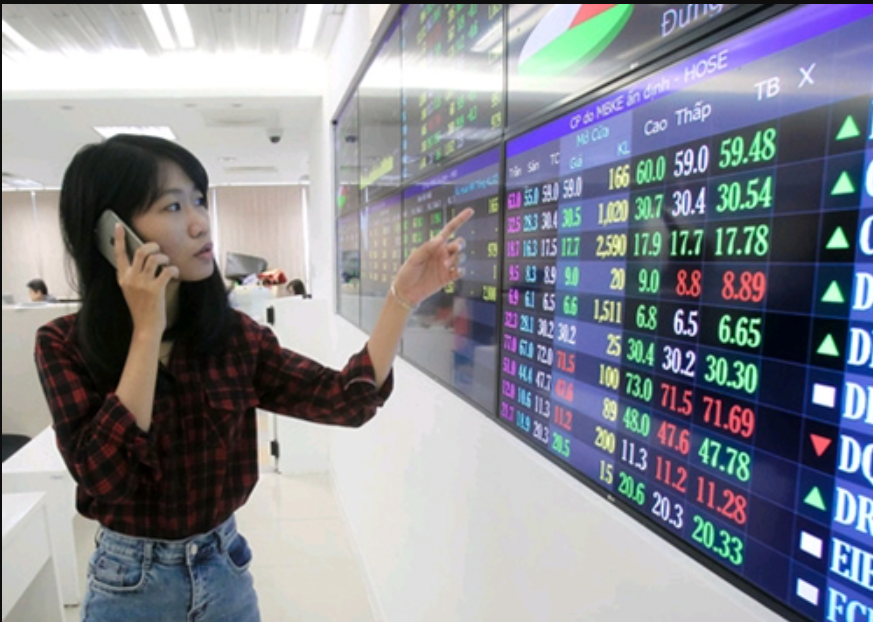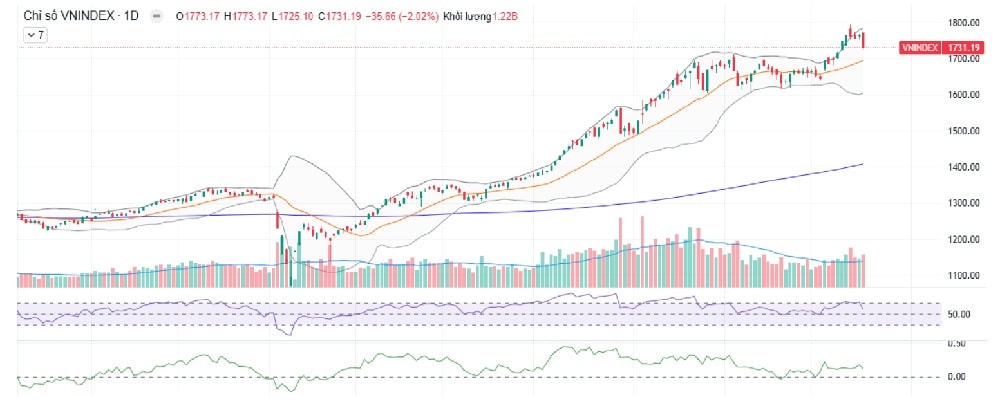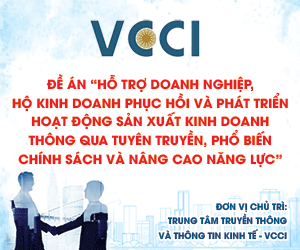Safe-haven flows shift to gold and bonds, as growth investing takes the lead
The surge in the VIX index indicates that investors are becoming more cautious, with cash rapidly migrating into safe-haven assets like gold and bonds.

For the long term, growth investing is becoming the dominant strategy.
Market Turbulence and Growing Caution
Global financial markets have just weathered a volatile week. In the U.S., equities tumbled as the collapse of First Brands spread jitters across the banking sector.
Jamie Dimon, CEO of JPMorgan Chase, warned that “markets have reacted as if everything will be fine after the First Brands bankruptcy — I’m not so sure,” recalling his bank’s 2008 rescue of Bear Stearns.
The First Brands shock has underscored systemic risks in America’s booming private credit ecosystem, where complex, cross-collateralized, and opaque transactions could erase billions in capital overnight. Analysts liken these hidden risks to “black holes” capable of trapping the entire market if contagion spreads.
Amid the turmoil in U.S. equities, South Korea’s stock market and global gold prices outperformed. Gold breached a record US$4,300 per ounce and is nearing US$4,400, up roughly 60% since the start of the year. Analysts say technical indicators show gold is now at near-FOMO levels.
Meanwhile, the Vietnamese stock market maintained a positive uptrend despite sharp corrections on October 17, while China’s markets weakened under renewed U.S. trade tensions.
According to Yuanta Securities Vietnam (YSVN), liquidity continues to favor technology stocks across the U.S., South Korea, Taiwan, and Japan.
The VIX volatility index climbed to 40 points, up from 23 a week earlier—signaling heightened investor caution and reinforcing a shift toward gold and bonds.
Rate Cut Hopes Lift Sentiment
Globally, equity funds attracted net inflows for the fourth consecutive week through October 15, as dovish comments from the U.S. Federal Reserve Chair fueled expectations of a rate cut later this month.
Still, investors remain wary amid escalating U.S.–China tensions after President Donald Trump suggested narrowing certain trade relationships with Beijing.
LSEG Lipper data shows global equity funds saw net inflows of US$2.17 billion, roughly matching the prior week’s pace.
“We remain positive on the short-term outlook for global equities, though risk indicators rose slightly last week. Investors should maintain higher equity exposure while hedging with safe-haven assets such as gold and bonds,” said Nguyen The Minh, analyst at YSVN.
According to S&P Global’s Investment Manager Index, investors expect the Fed’s policy stance — rate cuts or continued liquidity support — to be the most favorable factor for U.S. equity returns over the next 30 days. Survey data also showed improving risk appetite, with managers rotating into cyclical and growth sectors, especially technology, finance, basic materials, communications, and industrials.

Vietnam Market Update: Rotation Toward Mid-Caps
Between October 13–17, the VN-Index extended its earlier gains to reach the 1,790–1,800 range on October 14 before consolidating sideways and correcting later in the week. Large-cap stocks in the Vingroup and banking groups — which had led the earlier rally — began to lose momentum, weighing on the index.
Funds rotated toward real estate, retail, and public-investment construction stocks. Foreign investors were net sellers, focusing on VSH, FPT, and VRE.
By week’s end, the VN-Index closed at 1,731.19, down 35.66 points (-2.02%), or -0.94% week-on-week.
According to Nguyen The Minh, despite repeated record highs, VN30 and VN100 stocks remain undervalued—explaining why capital continues to favor large-cap names.
“Based on growth potential and low valuation, we favor food manufacturing, banking, real estate, and life insurance stocks,” Minh said.
Analysts at VCBS Securities noted that the VN-Index’s momentum has weakened, prompting near-term corrections. However, this pullback in large caps hasn’t been fully mirrored in mid- and small-cap stocks, where liquidity suggests investors are seeking opportunities in well-consolidated bases.
VCBS recommends investors rebalance portfolios, realize profits from short-term winners showing reversal signals, and look for new opportunities in stocks with strong accumulation patterns.
In the U.S., since 2005, the performance gap between growth and value stocks has widened to record levels. Growth strategies have significantly outperformed value approaches in the current low-interest-rate environment.
According to YSVN’s YSRadar Stock Rating, which measures both fundamentals and liquidity, stocks scoring above 80 points on fundamentals and price strength are classified as strong growth candidates.
From 2004 to now, the Vanguard Growth ETF (VUG) has surged 865%, outpacing Berkshire Hathaway Class A (725%) and the Vanguard Value ETF (VTV) (225%).
While Vietnam lacks comparable long-term fund data, YSVN estimates that its growth-focused portfolio has yielded 581% since 2019, far surpassing the VN-Index’s 73% gain over the same period.
As Minh concludes: “In a low-rate environment, growth investing delivers superior returns — and for individual investors seeking market ‘waves,’ it remains the most rewarding approach.”








